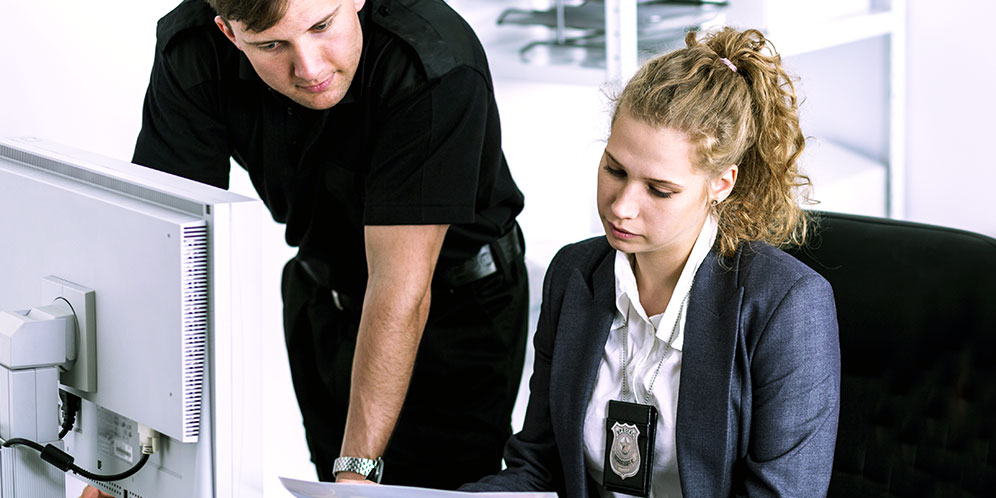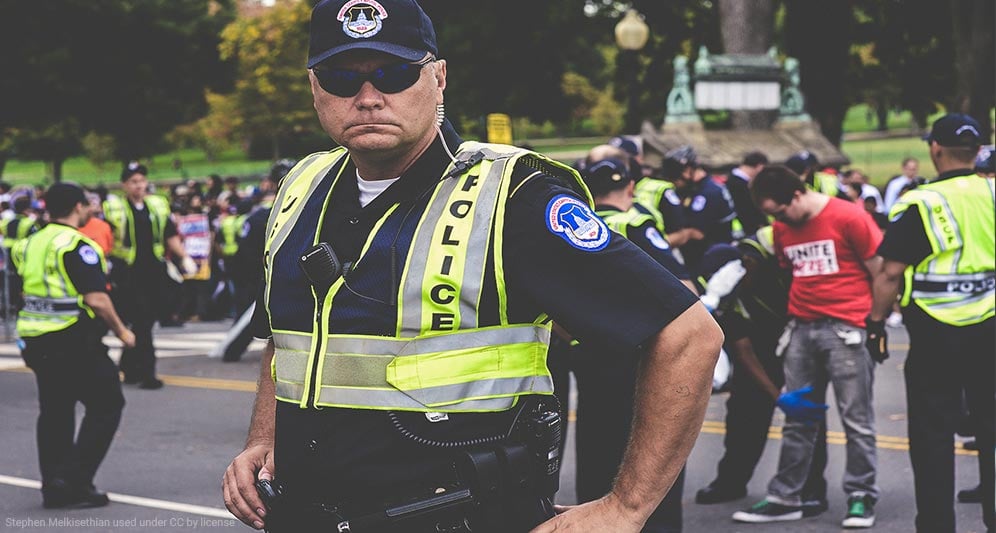
Good law enforcement crisis communication should be proactive, not reactive. Department leaders shouldn’t wait until a crisis hits to formulate a communication plan.
Quick, accurate communication is key to law enforcement crisis response. Department leaders can’t anticipate every possible scenario, but they should create general guidelines for potential crisis situations. They should keep up-to-date contact information for agency chiefs, public information officers, and important media contacts.
A good law enforcement crisis communication plan should help departments do the following:
Identify a crisis communication team
The makeup of this team will differ depending on the situation. But it may consist of department or agency heads, public information officers, public relations experts, legal counsel, and other key stakeholders.
This team should meet regularly to brainstorm potential crises and possible responses. They should develop holding statements that can be used in the immediate aftermath of a crisis. While these will have to be adapted to fit the exact scenarios, having them in place beforehand can help ensure a quick response.
In the event of a crisis, the communication team can quickly gather to decide what information to release and craft key messages and talking points.
Specify and train a spokesperson
The crisis communication plan should establish who is authorized to speak to the public and the media. There may be several potential spokespersons depending on the situation, but they all should be trained in how to speak to the media.
This is especially important in incidents that could damage the agency. If every staff member is presenting their view of an incident, things can very quickly descend into chaos. There may be misinformation or misunderstandings, which can damage the agency’s credibility.
The designated spokesperson(s) can present prepared statements, answer questions, respond to rumors, and manage press conferences.
Communicate early and often
In today’s environment of constant connection and instant communication, misinformation, speculation, and rumors can spread quickly. It’s important for law enforcement agencies to get ahead of the story when possible, This helps agencies stay in control of the messaging and help prevent panic.
In his book Crisis Leadership Now, Laurence Barton advises leaders to share as much information as possible. “When in doubt, act quickly, tell your public what you know and don’t know, and over communicate at every step of your decision-making process.”
Agencies should have phones manned and talking points prepared as soon as possible after the incident to answer to media and public. Social media can also be a powerful tool to quickly inform the public of critical information.
When it comes time for a press conference, the spokespersons should be as clear as possible, never lie, and explain why they can’t comment on a particular question instead of simply using “no comment.”
3. Establish alternative communication protocols
Modern technology has made it easier to instantly communicate with both internal and external stakeholders. Advanced dispatching systems allow for fast responses. Crisis response apps and text or email alerts can instantly inform officers and citizens of emergency situations.
However, a law enforcement crisis communication plan should include alternatives if regular lines of communication fail. For example, how will the organization communicate with internal staff if the agency’s computer system is down? How will they disseminate critical information to citizens if phone lines are down or there is no electricity?
4. Regularly evaluate and update processes
An outdated law enforcement crisis communication plan won’t do much more good than no plan at all. The agency’s crisis communication team should regularly review the plan, policies, and procedures to ensure they are up-to-date and account for new technology and practices.
Reviewing crisis communication plans before an incident will allow the team to spot potential scenarios they may have previously missed. They may even be able to fix issues in policies that can help prevent certain crises from occurring.
Agency leaders should also review the crisis communication plan in the aftermath of a crisis. Once things have calmed down, agency leaders can evaluate the effectiveness of crisis communications in the agency. How well did staff follow the policies and procedures? How well did the processes work? Were there any ways the crisis could have been avoided or handled better?

5. Integrate crisis response and communication into training
In the midst of a crisis, things quickly get hectic. Lines of communication may get crossed. Unforeseen circumstances may complicate things. It can be easy for officers to forget the correct plans and processes.
This is where training comes in. When law enforcement officers have trained in realistic scenarios, they’ll know how to put the plans into practice, keep calm, and make responsible decisions.
Officer training should go over policies and procedures for potential crisis scenarios. Law enforcement agencies should also run drills and simulations to help train officers on how to respond and communicate effectively in a crisis.
Robust training materials play a critical role in preparing officers for a crisis. Training management software can enhance and streamline training. Law enforcement training software such as PowerDMS enables organizations to integrate media-rich content into online training. Instead of depending on standard training manuals and in-person classroom training, the right software will let agency leaders integrate solutions like video into digital training manuals, making the content much more engaging for users.
Department leaders can also create tests based on the training content. This compels officers to pay attention and take in critical information in order to complete the test and sign off on completion of the training module.
Law enforcement crisis communication—both internally and to the public—requires a rare combination of improvised decision-making and policy compliance.
Proactive planning and training helps law enforcement agencies handle this balancing act. Effective law enforcement crisis communication helps agencies ensure successful outcomes, build public trust, and keep everyone safe in the midst of a dire situation.


